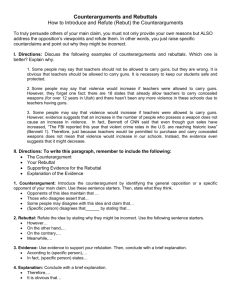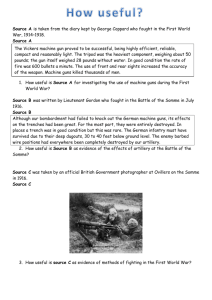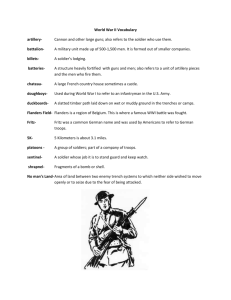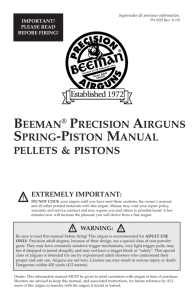Cardew dieseling vs detonation
advertisement
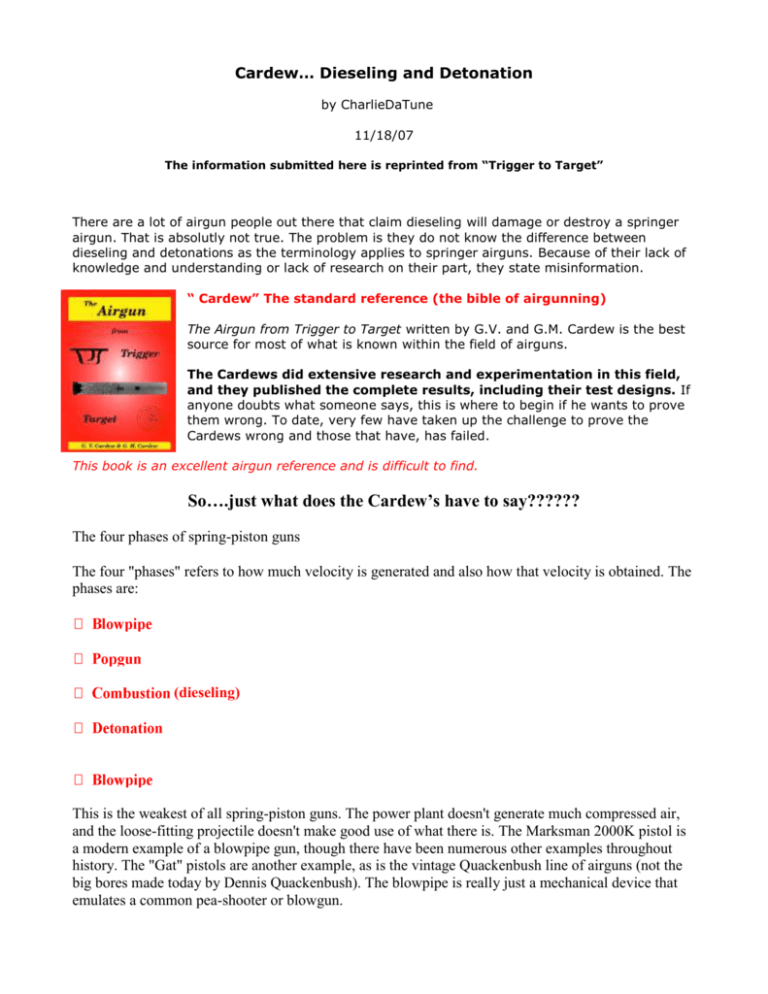
Cardew… Dieseling and Detonation by CharlieDaTune 11/18/07 The information submitted here is reprinted from “Trigger to Target” There are a lot of airgun people out there that claim dieseling will damage or destroy a springer airgun. That is absolutly not true. The problem is they do not know the difference between dieseling and detonations as the terminology applies to springer airguns. Because of their lack of knowledge and understanding or lack of research on their part, they state misinformation. “ Cardew” The standard reference (the bible of airgunning) The Airgun from Trigger to Target written by G.V. and G.M. Cardew is the best source for most of what is known within the field of airguns. The Cardews did extensive research and experimentation in this field, and they published the complete results, including their test designs. If anyone doubts what someone says, this is where to begin if he wants to prove them wrong. To date, very few have taken up the challenge to prove the Cardews wrong and those that have, has failed. This book is an excellent airgun reference and is difficult to find. So….just what does the Cardew’s have to say?????? The four phases of spring-piston guns The four "phases" refers to how much velocity is generated and also how that velocity is obtained. The phases are: (dieseling) This is the weakest of all spring-piston guns. The power plant doesn't generate much compressed air, and the loose-fitting projectile doesn't make good use of what there is. The Marksman 2000K pistol is a modern example of a blowpipe gun, though there have been numerous other examples throughout history. The "Gat" pistols are another example, as is the vintage Quackenbush line of airguns (not the big bores made today by Dennis Quackenbush). The blowpipe is really just a mechanical device that emulates a common pea-shooter or blowgun. The popgun phase begins when there is more compressed air, but it doesn't generate enough heat for combustion. The pellet fits the bore tightly and makes maximum use of the air pressure. Though the name sounds degrading, all the spring-piston target rifles and some of the pistols are actually popguns. The FWB 300 rifle generates velocities of less than 550 f.p.s. in .177. Since there is no combustion (I will address this in a moment), the popgun is usually the most well-regulated of all spring-piston guns, not varying in velocity by more than a few feet per second. The IZH 53M is a good example of a modern popgun pistol, while the IZH 61 is an example of a popgun rifle. !! (Dieseling) This is the phase that almost all adult sporting airguns are in. When the piston compresses the air, the heat it generates is so high that it ignites any small droplets of lubricants that may be present in the compression chamber. What the Cardew’s proved by their testing is that all powerful spring-piston guns burn fuel to generate their power. The power that's added by combustion depends on the amount and combustion quality of fuel available. This is where some badly-tuned spring guns shoot at all different velocities. Ten years ago, I was advised by the importer of some Chinese air rifles to liberally lubricate the compression chamber with corn oil. He said the wax in the oil would leave deposits on the walls of the compression chamber and make the piston seal fit tighter, raising velocity. In fact, the corn oil was a very good fuel! The treated guns jumped by 100 f.p.s., or so. [I bet I've just started a race to the kitchen to "borrow" the Wesson Oil!] The Cardews maintain that all powerful spring-piston airguns are in the combustion phase. They also say that isn't a bad thing. As long as the combustion is controlled and small, it benefits us all. In other words - all guns diesel. But when it gets out of hand, we move up to the next and final phase. This is where the so called ”dieseling damage” occurs. This is the phase you DON'T want to be in! An abundance of fuel in the compression chamber no longer burns - it explodes! You get much higher velocities out the muzzle - and broken mainsprings, swollen compression chambers and guns that sometimes actually re-cock themselves at the other end! All combustion-phase airguns are capable of detonating, so the shooter has to severely limit any fuel-like substance that is introduced into the compression chamber. When you hear a loud BANG! and sometimes see a bright light coming from the muzzle (flames in the barrel!), you have a detonation. Since all combustion-phase guns can detonate, the thing to do is to reduce the number of detonations to as few as possible. Just having smoke in the barrel is not a detonation, but the byproduct of a normal combustion. For an excellent guide and to learn and undestand more about airguns and as well as learn more about their experiments, get Cardew’s book. Bob: aka:CharlieDaTune



